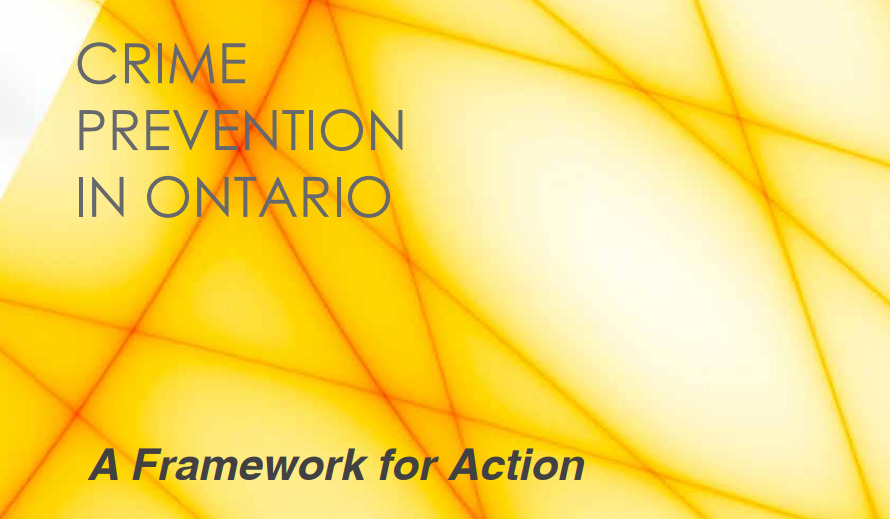What are the core crime-prevention strategies of law enforcement agencies? In 1973, there was a landmark study titled, “The Kansas City Preventive Patrol Experiment.” The experiment examined public perceptions and actual crime levels as it relates to the number of police officers patrolling in squad cars.
Crime-Prevention Strategies are Critical Services
One of the conclusions of the study was that crime-prevention strategies—connecting citizens to the police—relationship building—strategies for improving trust—are the best ways, dollar for dollar, to lower crime rates. In other words, getting police officers out of their squad cars and interacting with citizens is a formula for success.
https://www.policefoundation.org/projects/the-kansas-city-preventive-patrol-experiment
There is no forgetting that the primary purpose of law enforcement agencies is to investigate, arrest and prosecute perpetrators who negatively impact the lives of law-abiding citizens. This is what a large percentage of law enforcement professionals must do. But there is an important secondary function that many agencies support to varying degrees, and the question then becomes, What is the appropriate mix?
Crime-Prevention in Ontario, Canada
In 2012, the Ontario Association of Chiefs of Police released, “Crime-Prevention in Ontario: A Framework for Action.”
https://www.worldcat.org/title/crime-prevention-in-ontario-a-framework-for-action/oclc/842985629
The most shocking statistic that jumped out is as follows:
…it is important to account for unreported or undiscovered crime. In order for an incident to be included in police-reported crime statistics a victim must be aware that a crime has occurred and it must be reported to the police. …This dilemma becomes apparent when we look at the 2004 Statistics Canada General Social Survey which states the unofficial crime rate of 28,000 per 100,000 while the official crime statistics showed a rate of only 8,951 per 100,000 population.
https://www.mcscs.jus.gov.on.ca/sites/default/files/content/mcscs/docs/ec157730.pdf
Let this sink in for a moment. In this one particular study, it is thought that only one third of crimes committed are actually reported.
The Glaring Omission From the Report
The other interesting thing about the report is the glaring omission of the five most direct ways citizens can deter and interrupt crime. These core crime-prevention strategies have gotten lost in the myriad of services law enforcement agencies have been pulled into that might be better provided by professionals outside of law enforcement.
These lost, core strategies are all police-endorsed, safe and prosocial. In fact, to be a functional society, whether young, old, frail or fit, citizens have a civic duty to participate in these strategies to one degree or another. The flip side of this, is that law enforcement professionals must educate and encourage citizens to participate.
The Big-5 Crime-Prevention Strategies
9-1-1 Emergency: If you are witnessing a crime or think one is about to be committed, immediately dial 911. In a non-emergency situation, call your police department’s regular, non-emergency phone number.
https://en.wikipedia.org/wiki/9-1-1
Neighborhood Associations (not to be confused with homeowners assocations): Neighborhoods need leaders and organizers. Study after study have shown this has a direct impact on lowering crime rates. The neighborhood-association model is far superior to Facebook groups and Nextdoor.
https://duckduckgo.com/?q=neighborhood+associations&atb=v78-1&ia=web
Neighborhood Watch: This old stalwart is the precursor to neighborhood associations. Neighborhood Watch is a training class led by the police that teaches citizens to report suspicious activity.
https://www.nnw.org
Operation Identification: Operation ID is the forgotten partner to Neighborhood Watch. It is a strategy where you mark your property, record the serial numbers, and post warning signs. MyPropertyID is the state-of-the-art version of Operation ID.
https://mypropertyidregistry.com
National Night Out: This is the ultimate show of force by law-abiding citizens. It is thought that upwards of 44 million people participate in this activity. In a direct action, get outside and show criminals you’re better organized than they are.
https://natw.org



